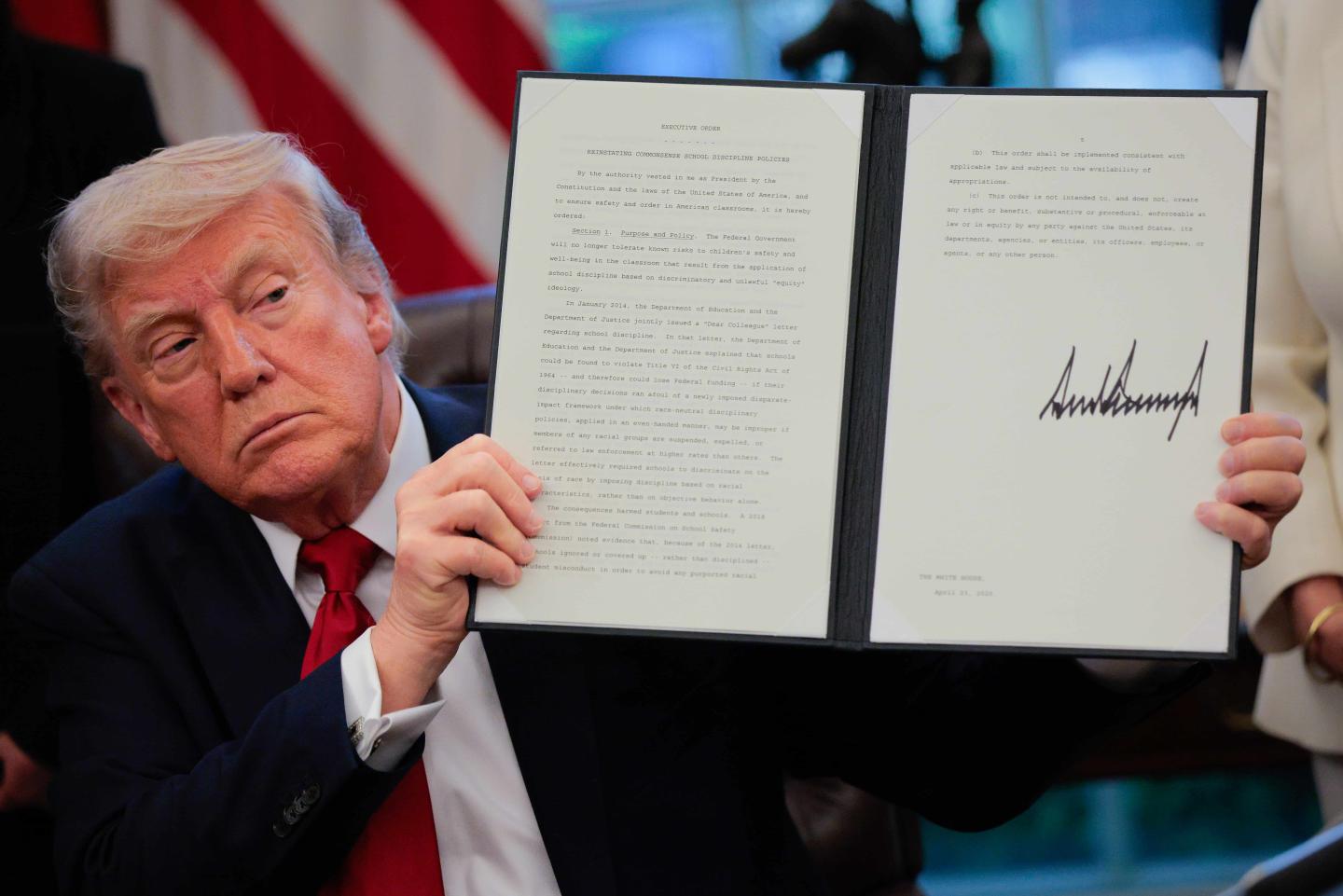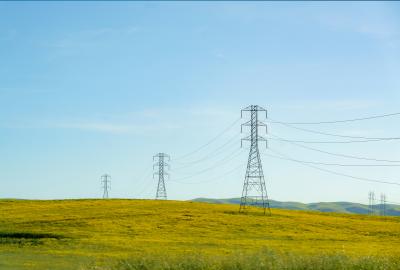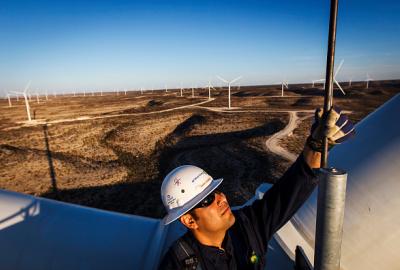100 days of chaos: The Trump administration's relentless attacks on the environment
When President Donald Trump took office to begin his second term in January 2025, wildfires still raged in Los Angeles, burning their way to an estimated $250 billion in damage. In April, deadly storms and flooding in the South and Midwest led to at least 20 fatalities, with hundreds of families evacuated and tens of thousands losing power. Two weeks ago, meteorologists forecast another above-average hurricane season threatening the East and Gulf coasts.

As extreme weather continues to hurt the United States, the Trump administration spent its first 100 days attacking the federal laws and policies that protect people from it — and can create jobs while doing so. Through a chaotic blitz of executive orders, unlawful actions and threats, the administration has launched an unprecedented assault on environmental protection and clean energy incentives that carries serious consequences for public health and the economy — costing more than 195,000 jobs in the automotive industry alone.
“They’ve taken actions that have made life more expensive, more dangerous, less prosperous, and less secure,” says Amanda Leland, executive director of Environmental Defense Fund.
On his first day in office, President Trump withdrew the U.S. from the Paris climate accord, undermining U.S. credibility and economic competitiveness in the $2 trillion global clean energy market. His administration has tried to freeze billions in funding for clean energy projects, while boosting coal production and declaring a “national energy emergency” to increase domestic fossil fuel production.
The administration’s new Environmental Protection Agency chief, Lee Zeldin, later announced he’d start unwinding 31 major environmental safeguards that protect the air we breathe, the water we drink and the climate that supports all life on Earth. This includes rules that limit pollution like mercury, soot and greenhouse gases from sources such as power plants, vehicles and oil and gas operations.
Perhaps the most significant rule on Zeldin’s chopping block is the EPA’s 2009 endangerment finding, which concluded that greenhouse gases threaten public health and must be regulated. This rule underpins the most important actions the U.S. has taken to combat climate change, including safeguards that dramatically lower climate-harming pollution from energy production and transportation.
- The Clean Air Act — and your family's health and safety — are under attack
- Trump administration offers up sweeping exemptions for major polluters by email
Zeldin also invited the nation’s biggest polluters to stop complying with nine major EPA regulations immediately, by simply applying for a two-year pollution waiver via email. Nearly 70 coal-fired power plants have already been granted exemptions, which means they no longer have to abide by rules that curb toxic mercury and cancer-causing arsenic and benzene emissions. More than 500 facilities are eligible for the waivers, according to an analysis and mapping by EDF and other groups. News reports revealed that 200 more facilities have requested waivers, but the agency has not released further information.
“There is no basis in U.S. clean air laws — or in decency — for this absolute free pass to pollute,” said Vickie Patton, EDF’s general counsel.
Job-killing chaos is unpopular
“President Trump’s first 100 days was intentionally designed to be chaotic, just in terms of the sheer volume and brazenness of the attacks on the environment and public health,” said Joanna Slaney, vice president of political and governmental affairs at Environmental Defense Fund. “But the cracks are starting to show because what they’ve been doing directly undermines what they promised they’d deliver.”
Slaney is watching closely as Congress wrestles over drafting what’s called a reconciliation bill, the centerpiece of the administration’s legislative agenda. The bill, which can be passed with a simple majority, is expected to pay for major tax cuts by nixing clean energy tax credits, many of which were created or strengthened in 2022.

These tax credits, however, have mostly flowed into congressional districts held by Republicans. Twenty-one Republican House members and four Republican senators have publicly voiced support for at least some of these clean energy incentives because they have helped create 195,000 jobs and encourage $200 billion to be invested in domestic manufacturing facilities in the U.S.
Recent polling by Climate Power and the League of Conservation Voters reveals that voters are increasingly opposed to the chaotic and reckless actions of the administration.
The poll shows that a majority of voters have lost confidence in President Trump’s energy policies, which they associate with higher costs. Voters are also concerned by Trump administration actions that benefit polluters at the expense of average families. Independents and those who voted for Trump with reservations are notably negative on all of these points.
“People are watching the economic turmoil, they’re watching pollution protections go away, they’re watching jobs go away. They notice and they care,” said Slaney. “And they’re telling their elected officials about it.”


